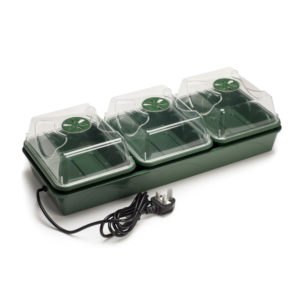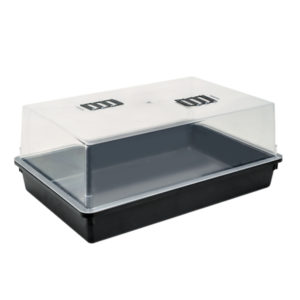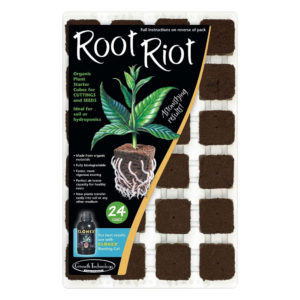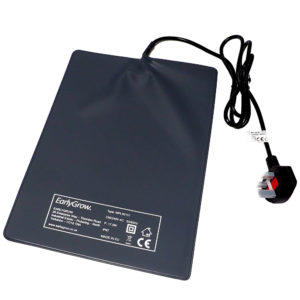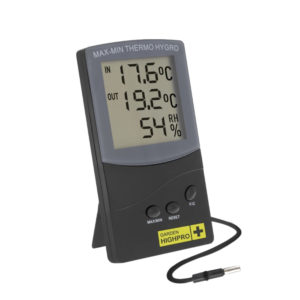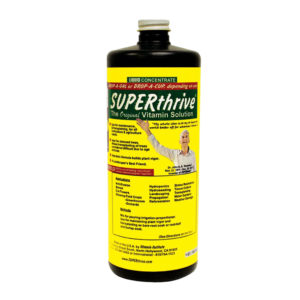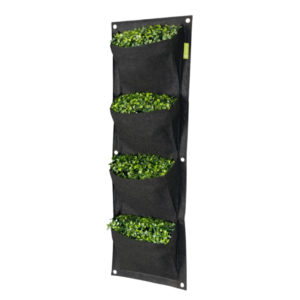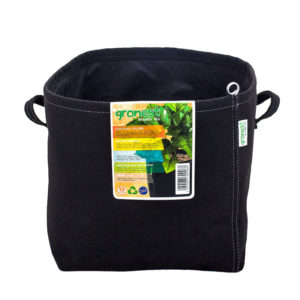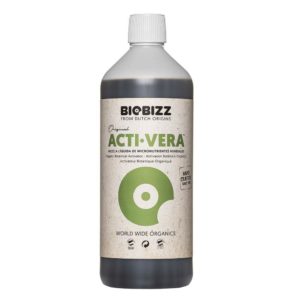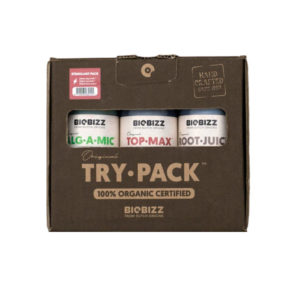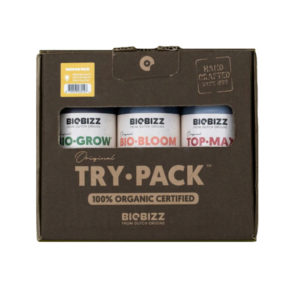What is more enjoyable for a gardener than growing plants from seeds? You can choose whatever seeds you like. Later, when you look at your beautiful flowers or eat tasty home-grown vegetables, you can proudly say, “I grew it from such a little seed!”.
And because we know that feeling ourselves, we’d like to give you a detailed guideline on how to germinate seeds in the best possible way.
If you’ve already tried growing from seeds you know that it is not easy. Therefore, it is essential to have a propagator. The planter will protect your young plants at their earliest and most vulnerable stage of development. Propagators are very useful. Especially in early spring, when nighttime temperatures are too low for germination.
When to Plant Your Seeds
Depending on that, you’ll see that different plants should be sown at different times. You can check either online or if you’ve already purchased seed packages, you can find this information on the label.
Some crops can be sown in early January. These include:
- broad beans in pots
- lettuce
- salad onion
- and many more
Others should be planted at a later point. Besides the optimal planting time, you should consider whether you have a place to transplant your crops when they outgrow their propagators.
Some people don’t, so they patiently wait for March when the weather starts to warm up. Once their plants grow big enough and strong enough, they can plant them directly in garden soil.
Remember that it usually takes 4-6 weeks to grow your seedlings before moving them outside. Of course, this period depends on many factors such as light, temperature, type of plant etc.
Take inspiration from our research on the UK’s top 20 most popular seeds grown in small plant propagators in 2020:
- Lavender
- Spider plant
- Aloe vera
- Roses
- Chinese money plant
- Rosemary
- Heuchera
- Cactus
- Hydrangea
- Jade plant
- Ivy
- Orchid
- Peace lily
- Basil
- Begonia
- Fern
- Bamboo
- Mint
- Honeysuckle
- Echeveria
What Is Indoor Propagator?
First, let’s explain what an indoor dome propagator is. This incubator creates a closed environment that is ideal for plant germination. There are different models, but the basic ones are essentially trays with removable transparent lids. The temperature in a propagator is maintained at an ideal level, and moisture is contained in the growing medium.
The primary purpose of the propagators is to germinate seedlings until they are big enough to be transplanted. They are really handy in the early spring, and nighttime temperatures are still too low for germination.
Usually, dome propagators have ventilation slots to allow fresh air in and condensation out on hot days. Early grow propagators protect young plants from pests at their most vulnerable stages of germination.
One of the difficulties in the germination process is to keep the environment stable. If it is not at an optimum level, the seed can die at any point. Possible reasons are extremely low temperatures, pests, fungi, etc. Thus, many gardeners prefer germinating in propagators. This also allows them to plan their growing season and start it earlier in the year.
Check Out Our Propagator Best Recommendations
How Do You Germinate Seeds In A Propagator?
Growing Medium
The best soil to propagate seeds is light and fluffy to keep the moisture but not too wet. The roots need enough air space so that they can quickly grow.
On the other hand, you can use Rockwool grow cubes which provide excellent moisture retention. This way, you will keep your seeds and seedlings from drying out. Usually, such grow cubes already have micronutrients to nourish young plants. So, you get optimum nutrition and moisture retention in an optimal environment when you use grow cubes in both heather and unheated propagators.
Check Out Our Root Riot Grow Cubes
- Perfect medium for cuttings and seeds.
- Encourage faster initial development.
- Protect seedling roots from rotting
- 100% organic and fully biodegradable
- With a pre-cut hole to support the cutting
- Encourage faster rooting
- Ideal to start seedlings, cuttings and clones
- Easy-to-use, clean and dust-free.
Watering
“Do you water seeds in a propagator?” is one of the most common concerns when using germination trays. As soon as you sow your seeds in the growing medium, you should lightly spray them with water.
Note that it is essential not to sodden the soil. Otherwise, you risk developing pests and fungi, and your seeds may never germinate. After a few days, recheck the soil. If needed, use the repeat the spray application. They like a moist but not soggy environment.
Propagator Condensation
After watering, you may notice that there is condensation under the dome incubator. Don’t worry, it is normal. However, if you see that it is too heavy, it may be a good idea to wipe it away, so it doesn’t get too humid. It is vital not to place anything on top of your propagator. Otherwise, you will retrain the air circulation and raise the humidity and condensation, which can cause the development of plant-fungal diseases.
Temperature
The best temperature for seed germination is anywhere between 18-25C. If you grow in a propagator, then the propagator temperature can be between 15-22C.
Adding gentle heat to the plants can speed up the germination process. Ideal for seedling starting and cutting propagation. Combine with a humidity dome propagator for a moist, dew-covered environment to stimulate the growth of young plants.
Keeping track of your room temperature or greenhouse temperature is easy with some of our pretty nifty solutions. iBebot presents AirComfort – an Award-winning IoT (Internet of Things) product that monitors the environment.
AirComfort Wireless Temperature and Humidity Sensor
The iBebot Wireless Temperature and Humidity sensor measure the degrees and humidity levels in your grow room and greenhouse and sends notifications to your smartphone.
Garden HighPro Thermo-Hygrometer 1.5m Probe Lead
Garden HighPro is presenting a high-quality digital thermometer and hygrometer which you can use in your grow room.
Light
Make sure that your seedlings get enough light so that they don’t grow weak and elongated. If you’ve placed the propagator on your window sill, you may need to rotate it regularly. This way, the seedlings won’t elongate towards the light and will become stronger.
In case there isn’t enough natural light, you may consider buying LED grow lights.
When To Open Vents On Propagator?
Most propagators have small ventilation vents which allow air circulation. They can be kept open, half-open or closed.
The general rule is to keep the vents closed the first two days after sowing. The reason is to keep an environment with high humidity because the seeds need to absorb moisture before sprouting.
After the seedlings start to grow, you can half-open the vents to increase the ventilation.
When two leaves emerge, you can either open the vents entirely or remove the propagator’s top if the days are warmer.
When Should I Remove Cuttings From A Propagator?
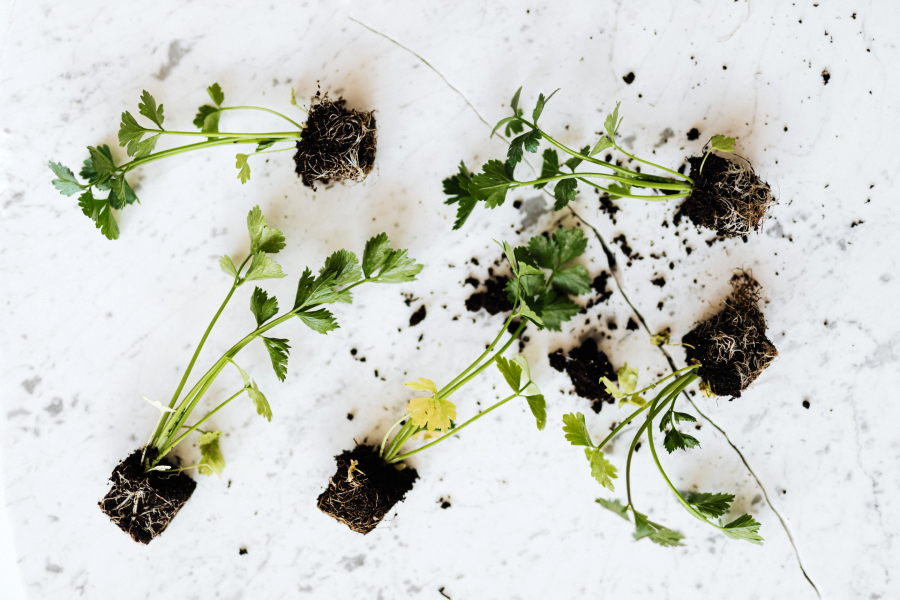
When should you transplant your seedlings from the propagator, and how to do it safely?
The first step is to harden the seedlings by gradually acclimatising them to life outside the tray. Up to this point, they have been growing under a controlled environment, but now they will have to adjust to the “real world”. And in the beginning, this can be quite shocking for them.
How to minimise the shock for your young seedlings?
Begin with opening the propagators during the day and closing them at night. Do this for a few days so that they can adapt to the lower day and night temperatures.
After that, when you see that your seedlings look strong and healthy, remove the propagator’s top completely, even at night time.
Transplanting can stress your plants.
It negatively affects their health through the loss of leaves, damaged roots, and, eventually, the loss of your plant. You can use Superthrive before planting to prevent and treat shock and ensure survival.
In case you are looking for pots and planters for your plants, we’ve got you covered. Check out our wide selection of fabric pots in which your plants’ roots can breathe. We also offer vertical planters so that you create beautiful plant walls.
After transplanting the seedlings, we also recommend using Biobizz Outdoor Try-Pack. It includes the base nutrients your plants need for successful growth.
Biobizz Fish-Mix will improve the micro life in any substrate you add it to.
Biobizz Bio-Bloom will strengthen your plant, enrich the soil, and work with beneficial microorganisms to promote healthy, vigorous flowers and fruits production.
Biobizz Top-Max is a flowering strengthener that can help increase the size and weight of the flower clusters, improve nutrient uptake, and give your plants a sweeter and smoother taste.



